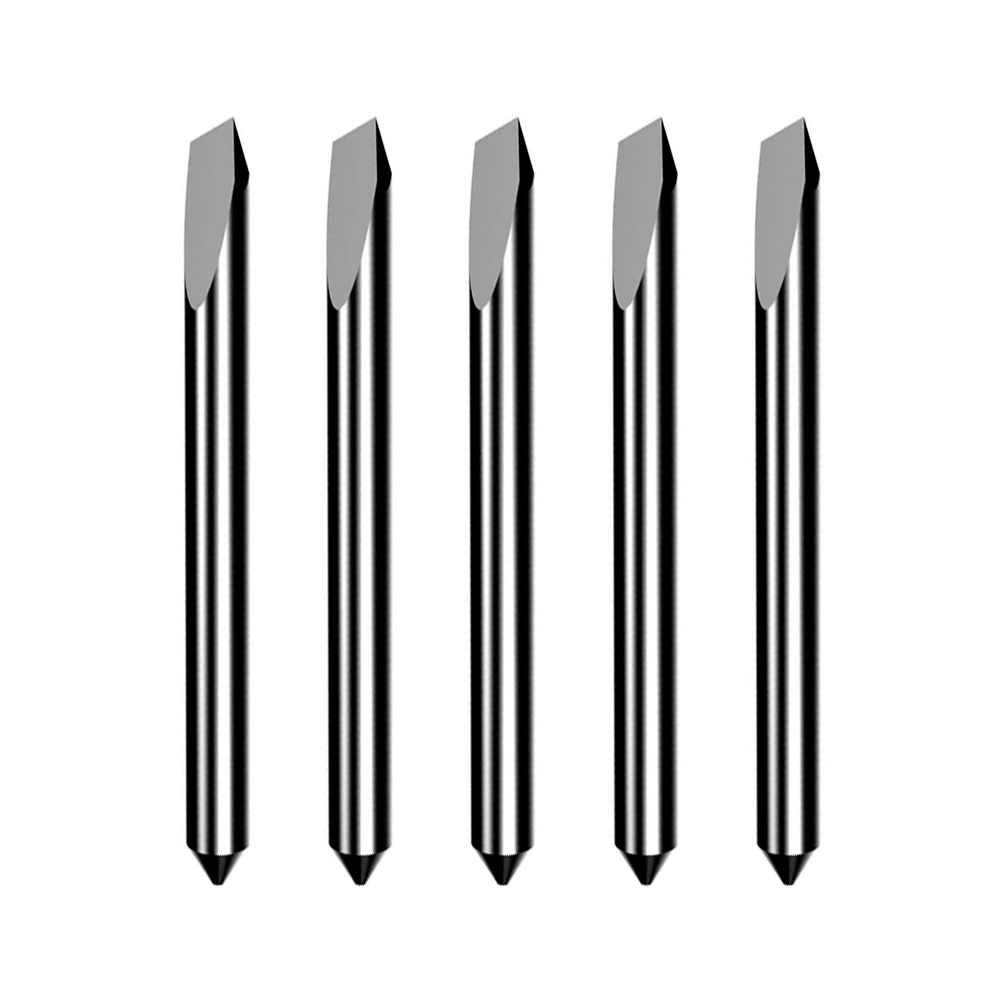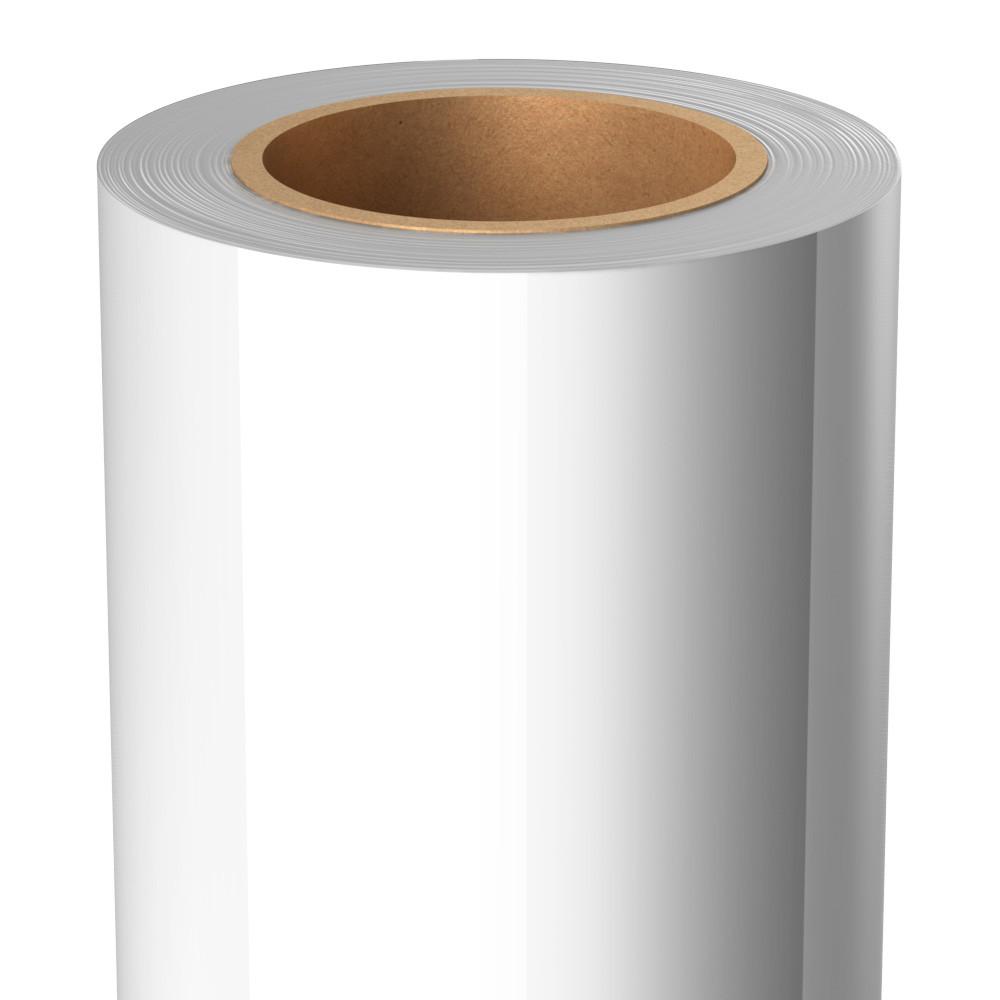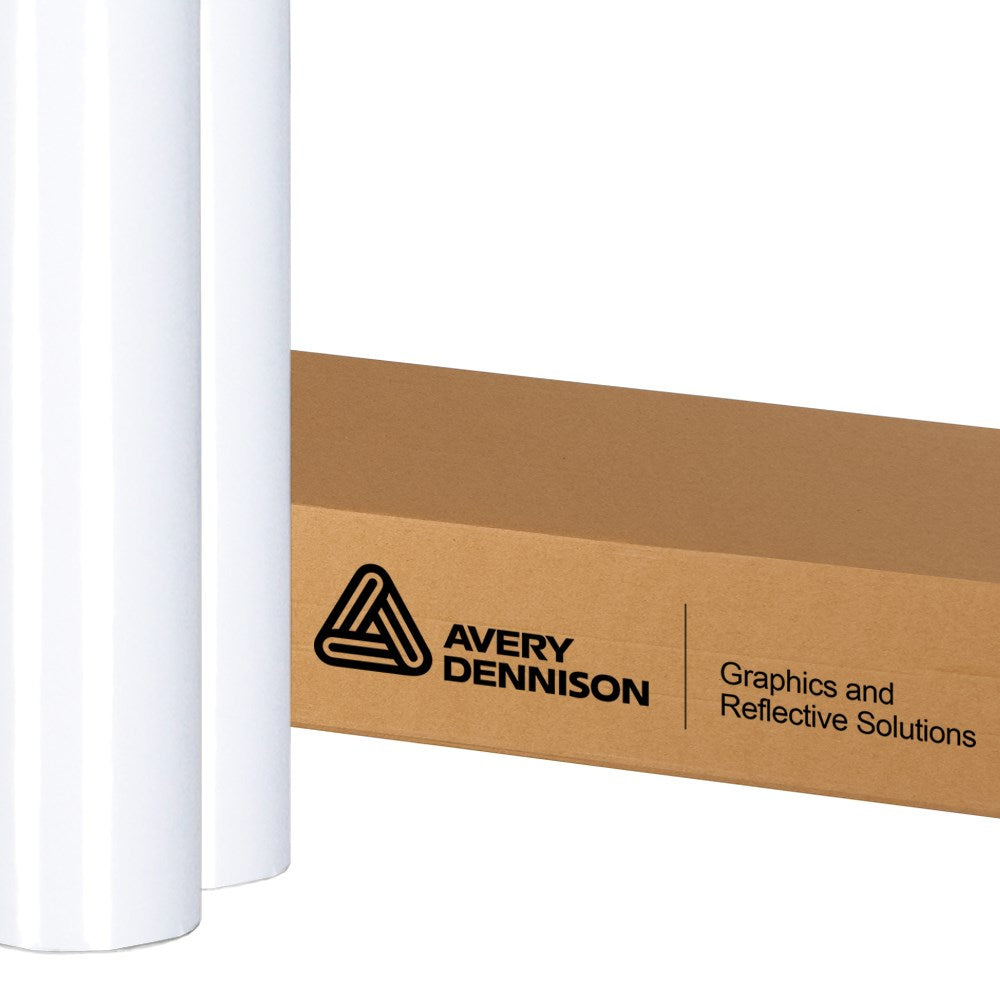Large-format printing has been the go-to process for businesses of all sizes that want to create large advertising and marketing materials that can grab people’s attention. One of the best benefits of printing large-format is the fact that it enables graphics to come to life and help the company’s message to stand out. Before you learn to operate a large-format printing machine, however, you need to decide which one is best for you.
When it comes to picking the best large-format printer, things can get tricky, as each business will have a unique use case and specific requirement for it. While most printers, such as the Epson large-format printer, universally support most procedures, there are special cases that require specialized equipment.
To help you navigate this complexity, we will be diving into everything you need to know prior to choosing a large-format printer.
The Large-Format Printing Process
The printing procedure for large-format printing is similar to that of digital printing, in which the press lays down a toner using large nozzles. The ink is then directly applied to the product, creating an authentic look and feel compared to mounting printed pieces on substrates.
Moreover, the printing procedure is as quick as digital printing, and has the ability to create high-quality images.
Parameters Used for Large-Format Printing
Most large-format printing presses will typically be flatbed printers, roll-to-roll printers, or a combination of both aspects. In a flatbed printer, a substrate is placed on the bed, and the material is propelled through the printer. A UV light can then hit the liquid ink and turn it solid on the substrate.
A roll-to-roll printer will typically be utilized to print items such as banners, and it is often used to print on flexible materials that will come on rolls. This roll of material is loaded into one side and is carried through the printer, where it can be rolled again onto another roller.
File Preparation and Support
The size of the pieces that are printed can be quite large, so preparation plays an essential role in ensuring a high-quality print.
The files will need to be designed around the maximum length and width that the printer enables, and the highest resolution possible is required. Knowing the best resolution for large-format printing is essential.
Ideal Products For Printing
Each business needs to be aware of what can be printed with the device they use for the procedure. For example, some of the most common products that large-format printing gets used for include banners, purchase displays, wall or floor graphics, posters, or other types of large media.
Benefits of Large-Format Printing
There are also numerous benefits as to why someone might be interested in using large-format printing for their projects.
Not only will they have a large area on which to display their piece, they can do it on nearly any material and benefit from UV-cured ink that will make the pieces durable and able to withstand the elements.
Large-format printing can help create stunning trade show displays, vehicle wraps, and even signage that can generate brand awareness and attract new customers. The possibilities with large-format printing are virtually endless.
Making the Perfect Pick for Your Business
In order for a company or an individual to pick their favorite and most efficient large-format printer, they will need to look at the use cases surrounding each printer. Based on that, they can begin looking for a printer that meets their budget and their needs.
Moreover, there are countless options available from numerous manufacturers, such as Epson large-format printers. Analyzing the marketplace, value, and options available is essential.
Some notable choices include:
- Epson SureColor® S40600 Large-Format Signage Printer
- Epson SureColor® R5070L Large-Format Bulk Ink Printer
Taking the Leap Towards Large-Format Printing
These are just some of the aspects you need to know in order to choose the best large-format printer. Before printing, every company needs to consider where the print is going to be viewed from, what resolution it requires, and what materials will work best for it.
Once you know these details, picking the best printer should be much easier, and Airmark is ready to help!





